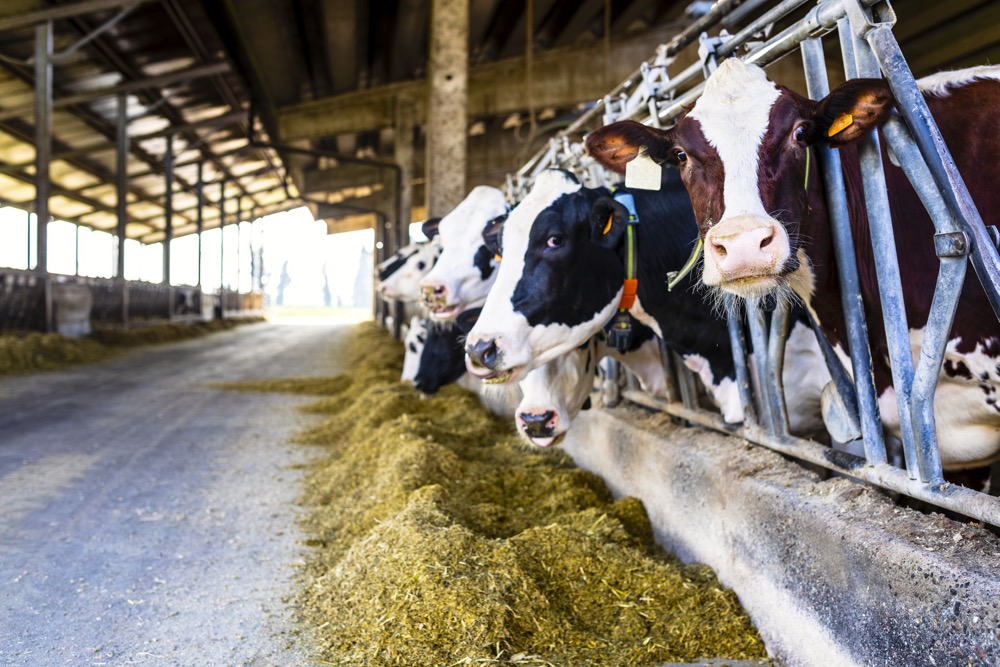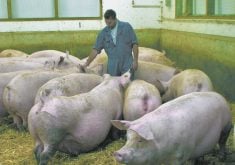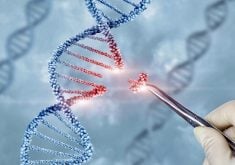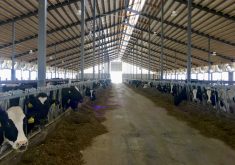The speed of genetic improvement in livestock is one of the modern miracles of agriculture.
The systems, which involve farmers, farmer-driven groups and researchers, have shown that great leaps in productivity improvement can be created, but the systems can pivot when needs change.
I grew up fascinated by making genetic improvement recommendations on my family’s dairy farm.
I’m not sure when the interest in making breeding decisions started. I liked working with the cows and something about applying reliable and actionable data that showed results must have appealed to me. It was an interesting big-data challenge that had concrete effects on what was happening on the farm.
Read Also
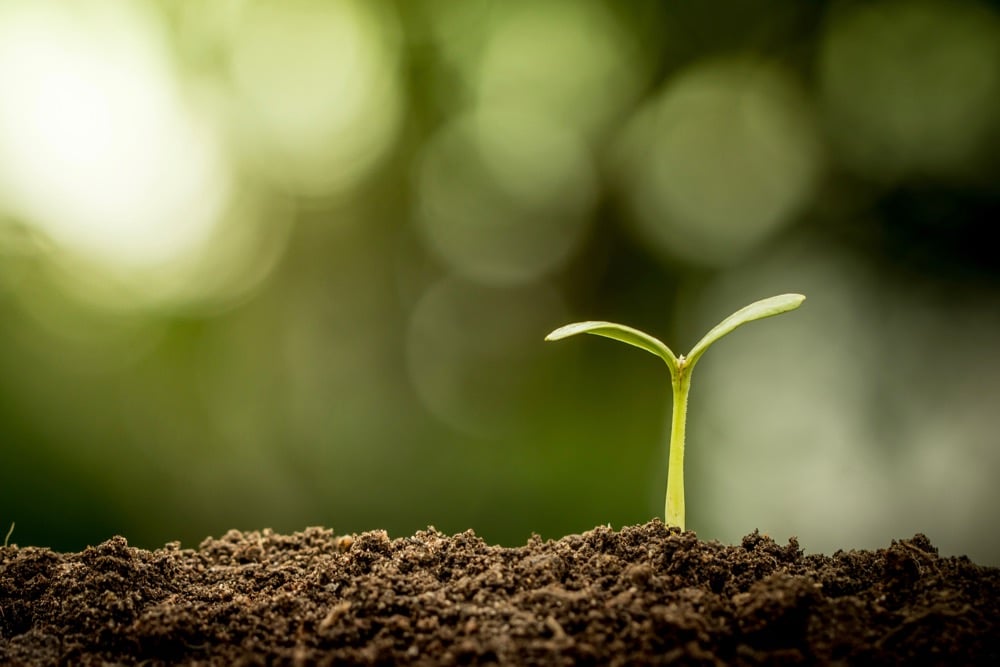
Ontario’s agri-food sector sets sights on future with Agri-Food 2050 initiative
The first-ever Agri Food 2050, a one-day industry event dedicated to envisioning the future of food and farming in Ontario,…
I continue to tell people that the dairy sector has been using big data for generations. The collation of data from thousands of farms, across the country, and the computations used to create usable information was quite progressive in the 1980s and 1990s.
But that was then.
My family is no longer in the dairy business and I miss the genetics side. A couple of recent stories we’ve run at Farmtario and a bit of time spent perusing dairy genetic sites made me realize that I’m out of the loop on the latest dairy bulls.
There’s also the reality that the rate of turnover of bulls has accelerated since the wholesale adoption of genomic testing as the main driver of genetic decision making on the bull side. Bulls don’t last long until their sons overtake them.
A Canadian Dairy Network (now part of Lactanet) article from 2019 shows that annual gain in Lifetime Profit Index for young bulls is now more than 120 Lifetime Profit Index (LPI) points and $200 Pro$ per year. In 2009, just before genomics were rapidly adopted, the rate of gain was 46 LPI points and $79 Pro$ per year.
That’s a compelling reason to use genomic young sires versus proven (older) bulls, despite less reliability behind the proof of the younger bull.
At one time, Canada’s leadership in developing genetic indices — and some great cow people — helped us carve out a niche as the leading source of Holstein genetics in the world. We shared our genetics and expertise and the leadership position is no longer the case, also influenced by the fact that high-value live cattle don’t move around the world as much as they used to.
However, we continue to provide leadership in the new and necessary direction of cattle genetics, which is relying on buckets of traits that have more effect on animal health. Breeding for production and certain conformation traits, like stature, have had negative effects on cattle longevity, even though we know that cow profitability increases with number of lactations.
The ability to select for mastitis resistance and reproduction efficiency are excellent evolutions for the system.
The new resilience index that is being developed for Canadian dairy farms has taken a long time to be created, as it is going to include some of the most important financially, but toughest to measure, traits on dairy farms. That includes feed efficiency.
Feed is the largest cost on a dairy farm, and other sectors that have figured out feed efficiency measures have seen the effects it can have on profitability.
Measuring feed efficiency is expensive with large animals and it has required a global effort to figure out the numbers.
The other benefit is the story that feed efficiency improvement can mean for discussions on climate change. Reducing greenhouse gas emissions is a key goal of pretty much any research effort these days, and the ability to improve the feed efficiency of dairy cattle can help with the sustainability argument of the dairy sector.
The challenge is whether or not the public will see that improving productivity through new means and technology as acceptable. The climate efficiency of milk production has dramatically increased over the past 50 years. There are few other sectors of the economy where impact to the climate has been so reduced. Feed efficiency measurements will continue to help that efficiency.
There will be feed additives and some technology that will help reduce greenhouse gas emissions per litre of milk, but nothing will have as much of an effect, as overall efficiency improvement, as has been happening for decades already.
Figuring out new ways to tell that story will be critical.



